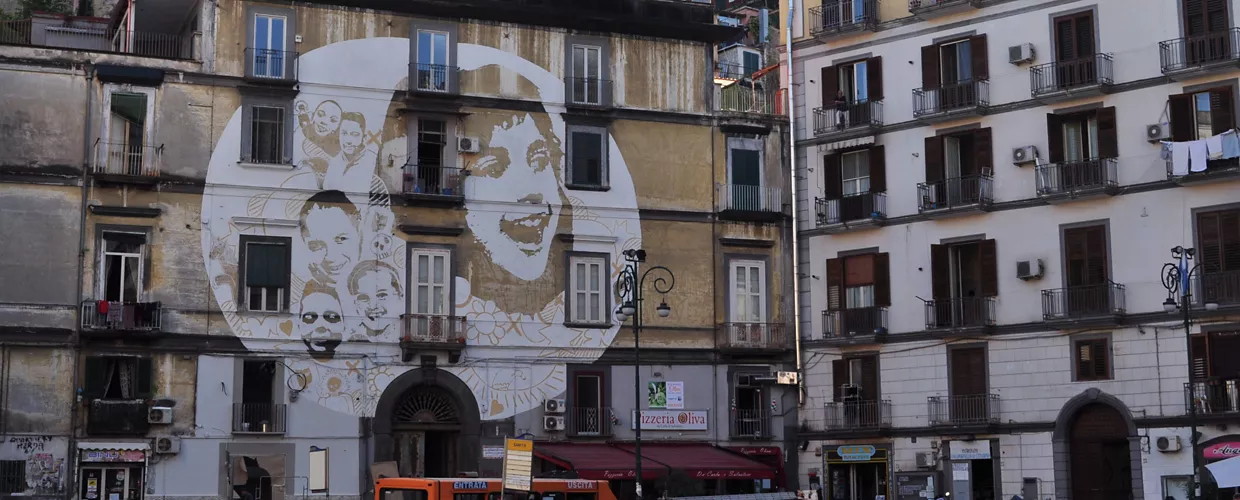

Overview
Sometimes instead of uniting, bridges divide. And this is what happened in Naples, in the 19th century, with the construction of the Sanità Bridge, designed by Giuseppe Bonaparte and later by Jacchino Murat to facilitate access to the palace of Capodimonte. Successful attempt. But the Sanità Bridge has also cut the district off from the rest of Naples, which has become a suburb in the centre of the city. If you go looking for news from a few years ago, you will discover pages and pages of crime reports about the neighbourhood. High rates of unemployment, school drop-outs commonplace and all that goes with it. Yet, beneath this unsavoury façade, the district has always been a treasure trove of archaeological and artistic beauty. For example, the catacombs. Those of San Gennaro and San Gaudioso: tunnels, stones, frescoes and mosaics, altars. It is also the birthplace of Totò, an icon of Italian cinema. On the surface, however, are the basilica of S. Maria della Sanità and that of S. Severo, the magnificent architecture of theSpanish Palace and the Sanfelice Palace. Places abandoned and then restored, brought back to light and returned to the community and tourists. It all came about thanks to the efforts of Father Antonio Loffredo, who in 2004, through the establishment of associations and cooperatives, and the involvement of the neighbourhood's inhabitants, transformed the area into a still-growing centre of cultural and social ferment. A case that has attracted the contemporary gaze of numerous artists, becoming almost an open workshop for some of the best-known international street artists who have embellished and filled the neighbourhood with colour.
Stella (Rione Sanità), Napoli NA, Italia